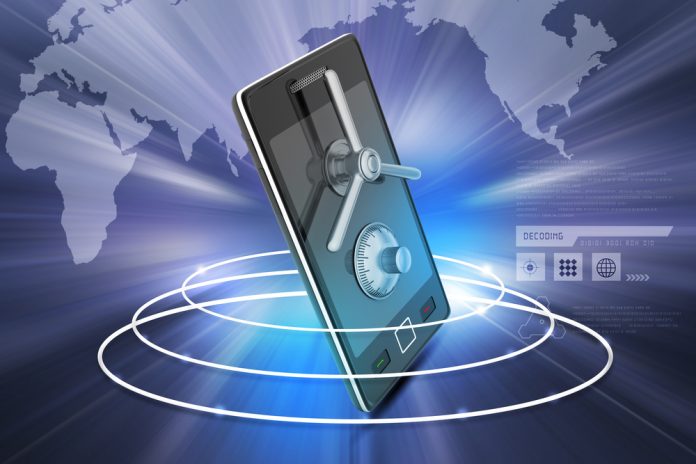The need to protect data applies to any type of home-based business. So if you’re a marketing consultant or you’re storing and shipping products out of your garage, the business runs smoothly because of data. The consultant needs to safeguard their clients’ information and their own content, and the shipper must protect the customers’ data. If the business is interrupted for some time due to data loss, the damage done to the company can be irreversible. Especially if the data is swiped by hackers or other outside agent and the information is released on the web. Then the loss is greater because the company’s reputation is at stake.
Data loss happens. The cat could knock over a glass of water which spills onto the laptop. A home business might bring in a part-time worker who then steals proprietary information. A house fire could knock out all of the desktop computers and the backup external hard drives. Whatever the cause, home businesses must develop plans to manage and potentially recover lost data, put in place safeguards, and then quickly get back to making money.
The initial step for the home business owner is to accept they need a data management plan, and fully commit to its creation. The owner likely has an overall business plan, which details their marketing activities, sales initiatives, and projected growth. But most home business owners don’t develop data management and recovery plans which protect their most valuable asset. Why is a plan necessary? Because it forces accountability and transparency, and makes you think about data in a new way. Develop a dynamic plan because the size and scope of the business can rapidly change, and the plan must reflect the new reality. Here are six steps to get started:
1. Determine the personal responsibilities.
A data recovery and management plan is only as good as the people involved. This means every person involved in the business (even if it’s only you) should understand how they create, store, send, and manage data. For a small company this is especially important as staff typically do a bit of everything and will access nearly all of the company’s data. Staff members should understand how to set strong passwords, when they need approval for sending data outside the company, and which storage providers or tools are approved for usage.
2. Collect and centralize the data.
A home-based business often holds a considerable amount of content. The problem’s come when that data is spread across too many devices or cloud services. The company might keep customer data on a certain laptop, promo photos on an SD card within a camera, and marketing content on the cloud. Detail how all of this information can be centralized and better protected. List out all of the data sources and determine which cloud providers to use for data backups. Streamlining where the data resides is not only safer, but it can improve information sharing and productivity. You should also take steps like securing your Wi-Fi network with a VPN since it would protect your data while it is in transit.
3. Control access to the information.
Once the data is centralized and better organized, then it’s time for access controls. For example, if a home business is collecting credit card data and other personal information, then that information should only be viewable by the owner and the accounting person. The graphic designer that comes in twice a week does not need to pull customer data. Access controls are tools that restrict people from viewing, downloading, or sending certain types of data. You want to control when/if data can be deleted and moved to prevent accidents and hacking problems. Access controls can prevent a former disgruntled employee from taking all of your proprietary information and starting their own copycat firm, or deleting your information out of spite.
4. Understand the risks.
Outline the main risks to the data that are found within and outside of the business. This is a great exercise to help you streamline how you hold information and proactively prevent loss. Perhaps all of your data is kept either on laptops or external hard drives that are held at the home. If you have a flood or fire or a break-in, will all of your hard work and information be lost forever? Do you have sales people in the field who put all of their data on an unsecured laptop and utilize public unprotected Wi-Fi? That’s an identifiable and preventable risk. Prioritize the riskiest situations so you know what to fix in order to hopefully prevent a damaging data loss.
5. Review your plan.
The plan should be a dynamic document that accounts for growth, changes in focus, the addition of new tech, and new staff members. Periodically review the plan to find gaps in security procedures and to see if you know how to recovery data when it’s lost. Recovery could mean using a software utility to pull corrupted data from a SD card, or it could mean using a recovery specialist to dive into a broken hard drive. Add data recovery procedures to the plan, and also look closely at your data backups. Recovery can be time-consuming and expensive, and can be largely preventing by putting in place data backups. Consider using two or more forms of backups for the best protection. For example, you can move all your files to external hard drives while also mirroring all files to the cloud.
6. Find a data recovery expert.
Perhaps you were doing a search for the best online pokies Australia has to offer, and you accidentally clicked on a website that gave you a virus. You may have dropped a vital laptop down the stairs, or your GoPro fell into a lake. In these scenarios, you’ll need expert recovery specialists. It’s best to find such a trusted firm before you need their services. You want a firm with a stellar reputation, quality customer service, and the ability to manage a wide range of recovery situations and different types of devices.
The average home business runs on thin margins. They can’t afford big mistakes, and have to follow a plan in order to achieve growth. Losing data can cripple a home business to the point of no return. Managing data is crucial for even a one-person company. Creating a data management and recovery plan is a crucial step for protecting data assets and setting the company on a path towards profits and sustained growth.















































